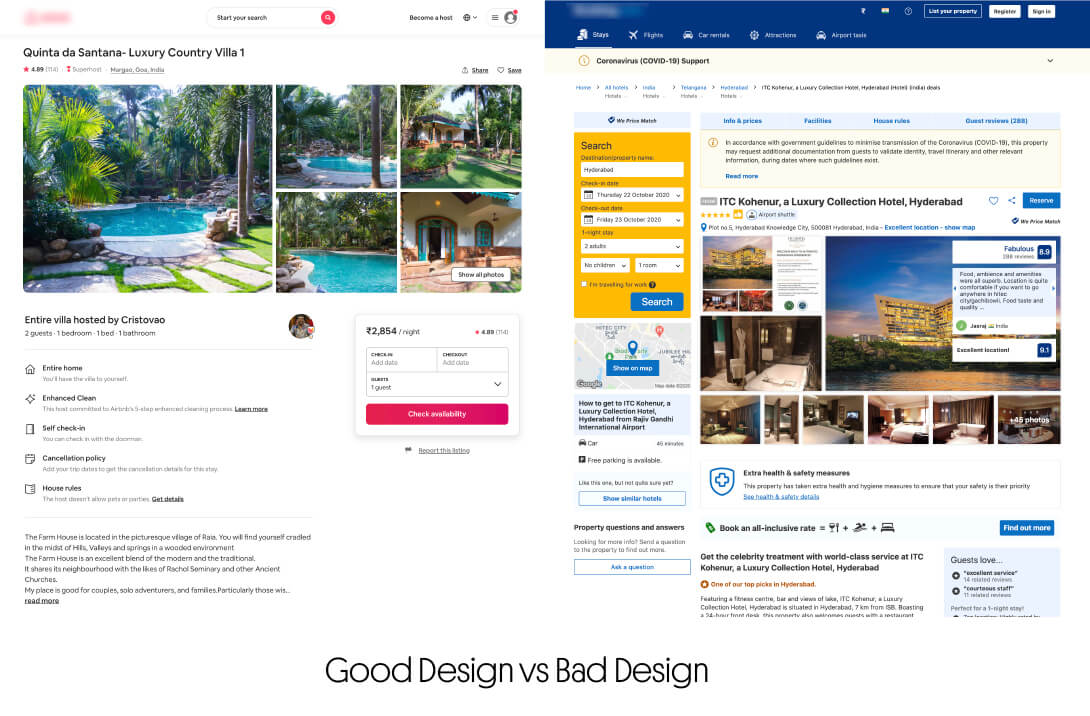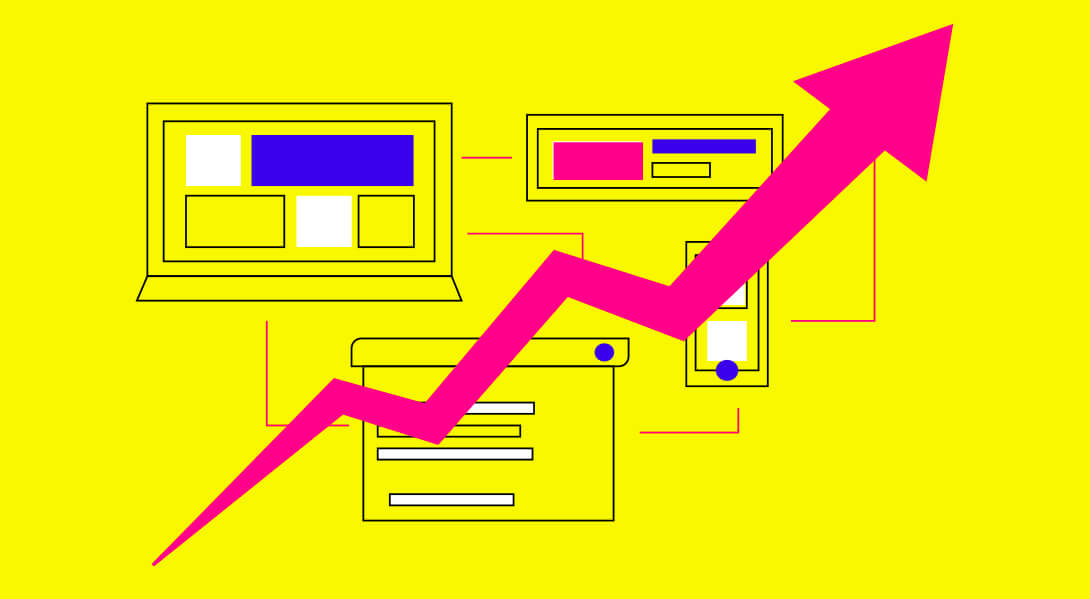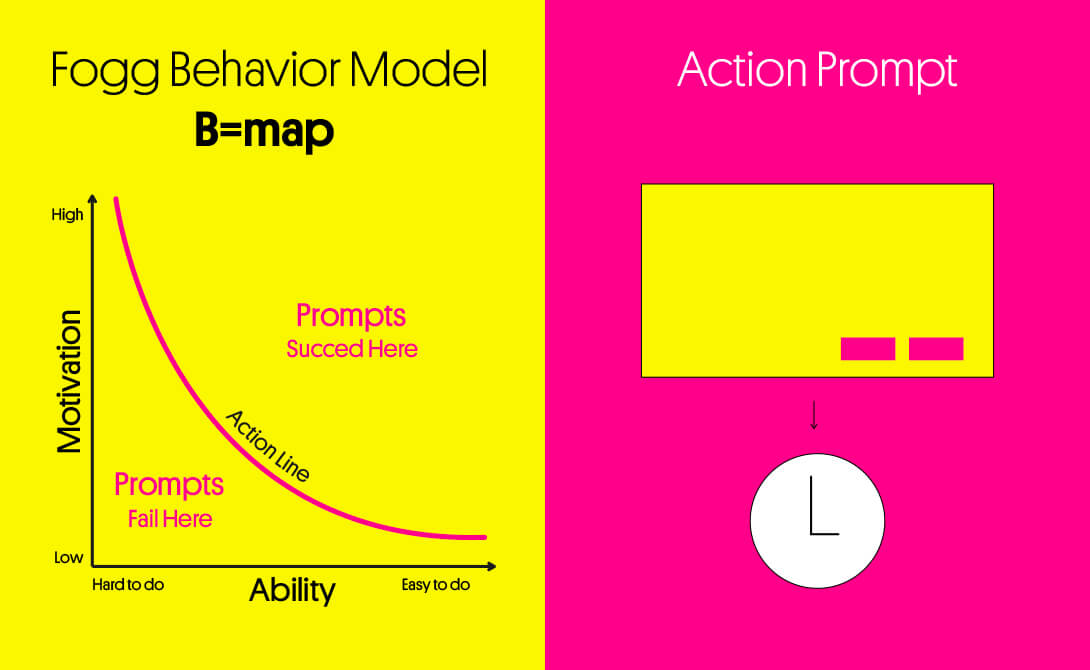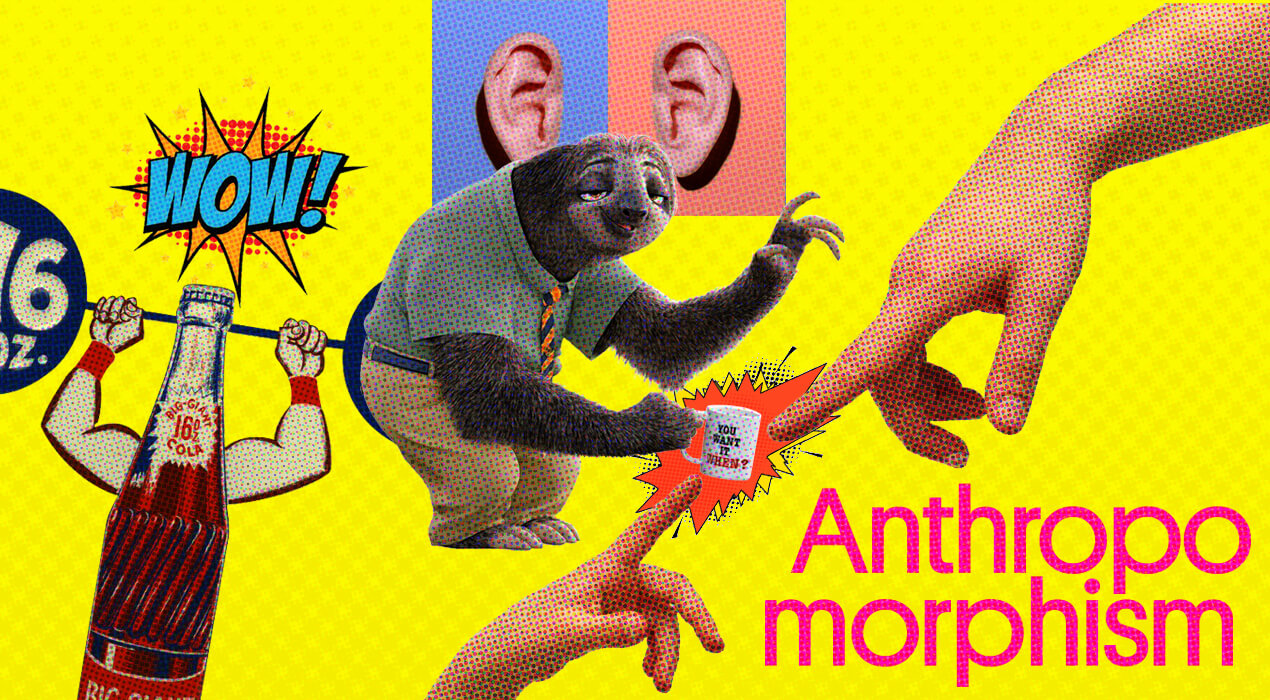Wake up, our marketing act needs a cleanup!
Brace yourself. This is a long blogpost. Bookmark it if you wish to read it in parts.
What is the difference between a lab rat and a consumer? Unfortunately, not much! Apart, of course from the physiological aspects, a consumer is as much a puppet to marketers’ gimmicks as a lab rat is to the trials and experiments by a human in a lab coat. The human subjects the rat to various stimuli to test its response to a stimulus or sometimes to elicit a certain behaviour deliberately triggered by the stimulus. Similarly, marketers today deploy an arsenal of techniques – stimuli that plays on the psychology of consumers to elicit 2 outcomes – sales and addiction to the brand, i.e. addictive consumption.
Empathy with the consumer goes only as far as to understand what is it that the consumer is naturally interested in, and that information is used to target products, services and experiences that align with the consumer’s personality. Nothing wrong with that, you say? You’re right, as marketers, we must work towards meeting our consumers’ needs. The problem is that it doesn’t stop at that.
Once the consumer is put into a bracket based on their personality, we marketers create a mesh spun from insights from deep consumer data analytics, much like a spider’s web, ready to trap the consumer at every given opportunity to drive sales. You see, our motivation thus, is no longer about meeting our customers’ needs but it is in fact to drive sales – at the cost of the customers’ mental and sometimes even physical health and well-being (think Black Friday sales where people trample over each other to get their hands on coveted items)!
2.3 billion sq. ft. of personal storage industry in the United States of America
£140 million worth of clothing goes into landfill each year
Data-driven marketing is a trillion dollar a year industry
Let these numbers sink in. Not only are we constantly manipulating people and driving them towards compulsive consumption but we are also irreversibly impacting the environment! The internet is flooded with blogs by designers, marketers and psychologists titled something along the lines of ’11 ways to use consumer psychology in marketing’ to win over customers. The ‘propaganda’ company Cambridge Analytica took playing with consumer psychology to epic levels by slyly getting hold of personal data of potential voters in America, building detailed personas of these people and then manipulating their decision by slow-drip feeding them corrupt thoughts or opinions that are not their own. And yes, that is how Trump came into power as well as how ‘the bad boys of Brexit’ got their way. I cannot put this better than Alexander Nix, the mind behind Cambridge Analytica – “Personality drives behaviour and behaviour influences how you vote.”

How can you, as a marketer, have this on your conscience?
Some clothing brands also go to the extent of tearing clothes with scissors from a few weeks ago to bring in fresh cartons of clothes to constantly keep consumers running after trends. This is such a full-proof way of propagating scarcity mindset and a sense of not being enough among millions of people globally!
But we already know of all this! Even as a marketer, you have been subject to such tactics because this culture of crooked marketing is all around us. The solution to this plague of manipulative marketing is simple – be true to what the consumer needs, i.e. make the content and your product a tool for clear communication, let good design bridge the gap between consumer needs and marketing campaigns, and time your campaigns such that it gives your consumers breathing space to decide whether he/she actually needs your services or not. Don’t bombard potential customers.
Looking beyond logo, colour palette and branding, also engage your target consumer using design. This will make their experience with your brand truly enriching and memorable rather than being vanilla and cookie-cutter. With the easy accessibility of open source design softwares, often designing is left to someone who can basically work with these free apps. The result – a graveyard of terrible design language in a soil of poor marketing strategy. It is a complete investment dump of time and money. What we need is good design and UX/UI strategies. Make it pleasurable and meaningful for your consumer as they take time out of their busy lives to engage with your brand.

Bad marketing design feels as glitchy and annoying as being stopped by strangers on the road to shove a sales poster in your hand. It is absolutely undesirable and downright lazy on the part of the marketing team! Think about it. How is showing a woman sitting on a luxury car good design? Does it tell me anything about the strengths of the car itself?! Or how is a website with cluttered buttons to urge me to buy going to excite me to buy. Such designs are making consumers weary of being sold anything at all. On the other hand, good marketing design is so seamless that the consumer will actually wait to give your brand his/her full attention.

When using design, deliberately measure the ROI (Return on Investment) and ROE (Return on Experience) to see if you need to tweak your design strategy. Design is rooted in empathy more than in technicality. While it may seem design is subjective, here’s a truth bomb – it really isn’t. Good design speaks to one and all. Humans are wired to be attracted to certain things. The magnitude of attraction and attention may differ, but good design always sticks. The right plans and strategy can prove to be a boon as a way of staying connected with customers. When you invest in good design and when the world sees drastic change, your audience senses that you care. They see your brand making an effort to be better, and honestly serve the customer. Measure consumer sentiment, focus on goals not data, and convert metrics into KPI to measure the impact of your design and the empathetic connection with the consumer.

Good campaign timing is another key design strategy. Say you have a physical store. Would you open your shop during the night when customers are sleeping? Or say, you sell products door-to-door. Would you go and knock at their doors at 8am, when they are potentially running to work, or even at 9 pm, when they are finally catching up with family after a long day? I don’t think so. And, if you do, customers are most probably going to ban you from entering their premise. The same holds true for online marketing. Just because the medium allows you to pop-up at any time, it doesn’t give you permission to pop-up all times! This is just a recipe for being muted forever by potential customers. Be smart. Identify when, during a customer’s online journey, is a good time to pitch your product. And once you do, please do not hound them repeatedly with pitches, it will only drive them away. Stay committed to the task at hand – selling what the customer needs, when they need it in a helpful, engaging way.
Social scientist from Stanford University BJ Fogg predicted the future of marketing and content would be more based on prompting the ‘action’ rather than establishing ‘context’. When you time your campaign correctly, you will be able to prompt your consumer into a desirable action. For example, if you’re trying to get patients to measure their Blood Pressure once a day, rather than relying on context prompts (a reminder from someone, or even notifications through an app), you find the 3 most frequent times when patients check their BP. You then use these anchor points to tell the patients that most of those who are effective in checking their BP daily usually do it at these times. The patients can then select a time frame that fits easily into their daily schedule.

Identify where you need to start implementing more Action Prompts by assessing leads generated through various channels and comparing with industry standards and competitors.
I often wonder how we got to this marketing mess. We single handedly altered the meaning of the ‘American dream’. From being this beautiful land of opportunities for growth, the dream is now coveting a $100,000 + annual salary, living in homes like that shown on the Netflix show Selling Sunset and uncontrolled hoarding of objects that will eventually go into landfill. Other countries are not far behind.
I urge you to think of your motivation and marketing techniques and test your subjective thinking before going on a rampage to sell, sell and sell! It’s time to move towards conscious marketing that rests on the foundations of honest, empathetic design.
Writing credit – Vishanka






